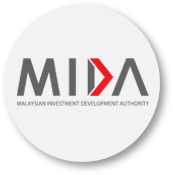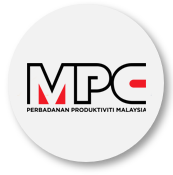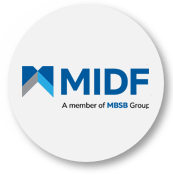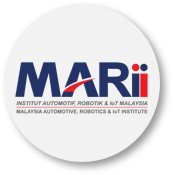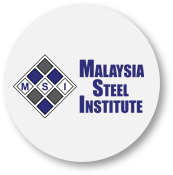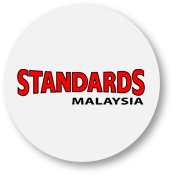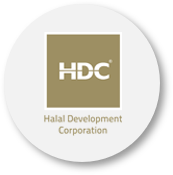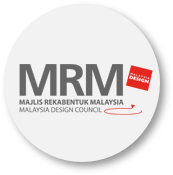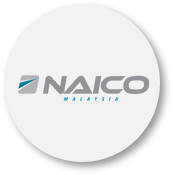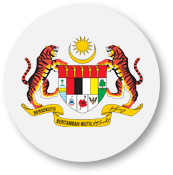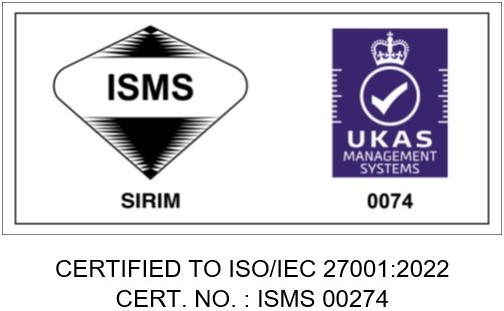IN early 2006, Asean senior economic officials were given this challenge by their Ministers: craft the economic future of the grouping; an economic community not by 2020, as stipulated in Asean Vision 2020, but in 2015.
Thus began the work towards an economically integrated Asean.
Translation: the free movement of goods and services; and freer movement of capital and talents among the ten member states.
In 2006, when the proposal to push for the realisation of the Asean Economic Community (AEC) in 2015 was mooted, it made economic sense.
We had just come out of a major economic crisis, and initiatives towards the Asean Free Trade Area (AFTA) were well on the way. We were looking forward to the next steps towards deeper economic integration.
So we drew up the AEC Blueprint as the guiding framework, and the AEC Scorecard to ensure that we did what we said we were going to do. And in all fairness, we have worked tirelessly to ensure that implementation was on track.
But as 2015 dawns on us, we are confronted with questions about the very essence of the AEC. Economic pressures brought on by global economic uncertainties are putting a strain on efforts towards regional economic integration.
Member states appear to be buckling under the pressures of protectionism. But short-term relief will not augur well for the long-term benefits of the region.
Then there are the sceptics and nay-sayers. Given the range in economic development, diverse political and economic systems and cultural differences, can Asean be moulded into a community?
More disturbing are questions such as, “Are we ready?”, “Are our SMEs ready?”, or fear-mongering questions such as “Will we see an influx of labour in our shores come 2015?”
Rodolfo Severino Jr, the former Asean secretary-general, is quoted as saying, “The main challenge is this first, the lack of awareness of the benefits, particularly of the benefits of regional integration.”
Our critics have been relentless. OK, perhaps this reflects our failure to communicate our achievements, our plans. Note to self: step up public engagement!
So what have we to show for Asean economic integration? The Asean Free Trade Agreement is in full implementation, and has been in full implementation since Jan 1, 2010.
Member states are on track with the liberalisation of the services sectors. Our investment agreement is in place. We now have an agreement to facilitate the freer movement of skills among member states.
To be sure, Asean was pragmatic in its approach to economic integration. Right at the outset, it was clear that the grouping was not looking to be a Customs union.
That would evolve with time. Because of the differing economic and political systems, as well as differing levels of economic development, the grouping adopted an open regionalism approach.
This would mean that regional economic integration would not be a drag on the growth plans of the member states.
Rather, we took the “rising tide” stance, a “prosper thy neighbour” attitude as we addressed the development gaps among member states.
This approach has panned out successfully for the grouping. It has contributed positively to the region’s economic growth and industrial development.
Greater economic integration is also evidenced in the involvement of our companies in the global and regional supply and value chains.
There are more than 600 Malaysian companies operating in Asean, capitalising on the robust growth of the region. Likewise, Malaysia is also host to a number of companies from the region.
We have done much to harmonise our “at-the-border” trade facilitation. The Asean Single Window (a system of speeding up cargo clearance) is progressing.
The pilot initiative for self-certification (a system where exporters take responsibility for certifying Customs documentation instead of going through governments) is also looking promising.
Intra-regional trade continues to grow and now amounts to just over 24% of the groupings’ global trade of US$2.5 trillion (RM8.6 trillion).
Asean’s share of global Foreign Direct Investment is also up, increasing from 15.1% in 2010 to 17.4% in 2013, to total US$122.4bil (RM420.2bil). And Asean has been growing over 5% per annum in recent years.
We have done a lot to break down trade and investment barriers among the 10 member states. But there is much for us to do.
Our “to do” list includes work on financial integration and inclusion; confronting and removing non-tariff barriers; improving connectivity and regulatory coherence; strengthening key institutions to ensure good governance and inclusive and sustainable economic development; legal harmonisation; and improvements in tax-related matters.
We will work to ensure we get to our goals.
We must march on for the greater good. For us, 2015 is not just another milestone in our economic integration journey, but also a very significant one.
> Datuk Dr Rebecca Fatima Sta Maria is secretary-general of the Ministry of International Trade and Industry. The views expressed here are entirely her own.
Thus began the work towards an economically integrated Asean.
Translation: the free movement of goods and services; and freer movement of capital and talents among the ten member states.
In 2006, when the proposal to push for the realisation of the Asean Economic Community (AEC) in 2015 was mooted, it made economic sense.
We had just come out of a major economic crisis, and initiatives towards the Asean Free Trade Area (AFTA) were well on the way. We were looking forward to the next steps towards deeper economic integration.
So we drew up the AEC Blueprint as the guiding framework, and the AEC Scorecard to ensure that we did what we said we were going to do. And in all fairness, we have worked tirelessly to ensure that implementation was on track.
But as 2015 dawns on us, we are confronted with questions about the very essence of the AEC. Economic pressures brought on by global economic uncertainties are putting a strain on efforts towards regional economic integration.
Member states appear to be buckling under the pressures of protectionism. But short-term relief will not augur well for the long-term benefits of the region.
Then there are the sceptics and nay-sayers. Given the range in economic development, diverse political and economic systems and cultural differences, can Asean be moulded into a community?
More disturbing are questions such as, “Are we ready?”, “Are our SMEs ready?”, or fear-mongering questions such as “Will we see an influx of labour in our shores come 2015?”
Rodolfo Severino Jr, the former Asean secretary-general, is quoted as saying, “The main challenge is this first, the lack of awareness of the benefits, particularly of the benefits of regional integration.”
Our critics have been relentless. OK, perhaps this reflects our failure to communicate our achievements, our plans. Note to self: step up public engagement!
So what have we to show for Asean economic integration? The Asean Free Trade Agreement is in full implementation, and has been in full implementation since Jan 1, 2010.
Member states are on track with the liberalisation of the services sectors. Our investment agreement is in place. We now have an agreement to facilitate the freer movement of skills among member states.
To be sure, Asean was pragmatic in its approach to economic integration. Right at the outset, it was clear that the grouping was not looking to be a Customs union.
That would evolve with time. Because of the differing economic and political systems, as well as differing levels of economic development, the grouping adopted an open regionalism approach.
This would mean that regional economic integration would not be a drag on the growth plans of the member states.
Rather, we took the “rising tide” stance, a “prosper thy neighbour” attitude as we addressed the development gaps among member states.
This approach has panned out successfully for the grouping. It has contributed positively to the region’s economic growth and industrial development.
Greater economic integration is also evidenced in the involvement of our companies in the global and regional supply and value chains.
There are more than 600 Malaysian companies operating in Asean, capitalising on the robust growth of the region. Likewise, Malaysia is also host to a number of companies from the region.
We have done much to harmonise our “at-the-border” trade facilitation. The Asean Single Window (a system of speeding up cargo clearance) is progressing.
The pilot initiative for self-certification (a system where exporters take responsibility for certifying Customs documentation instead of going through governments) is also looking promising.
Intra-regional trade continues to grow and now amounts to just over 24% of the groupings’ global trade of US$2.5 trillion (RM8.6 trillion).
Asean’s share of global Foreign Direct Investment is also up, increasing from 15.1% in 2010 to 17.4% in 2013, to total US$122.4bil (RM420.2bil). And Asean has been growing over 5% per annum in recent years.
We have done a lot to break down trade and investment barriers among the 10 member states. But there is much for us to do.
Our “to do” list includes work on financial integration and inclusion; confronting and removing non-tariff barriers; improving connectivity and regulatory coherence; strengthening key institutions to ensure good governance and inclusive and sustainable economic development; legal harmonisation; and improvements in tax-related matters.
We will work to ensure we get to our goals.
We must march on for the greater good. For us, 2015 is not just another milestone in our economic integration journey, but also a very significant one.
> Datuk Dr Rebecca Fatima Sta Maria is secretary-general of the Ministry of International Trade and Industry. The views expressed here are entirely her own.
Last Updated 2015-06-19 14:17:20 by vox vox







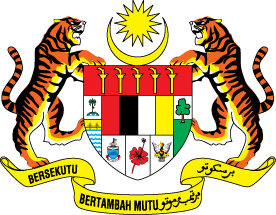





 Home
Home








